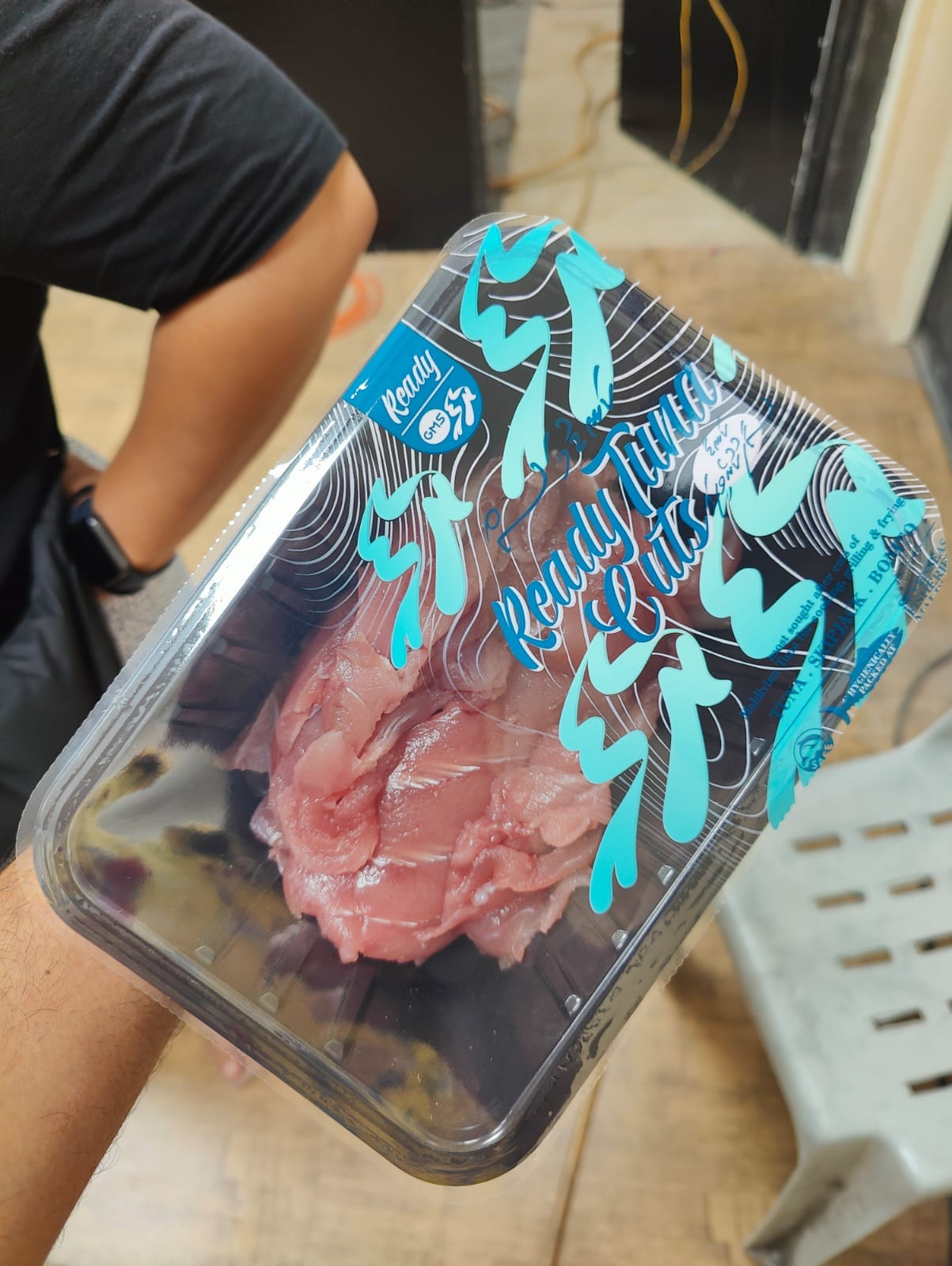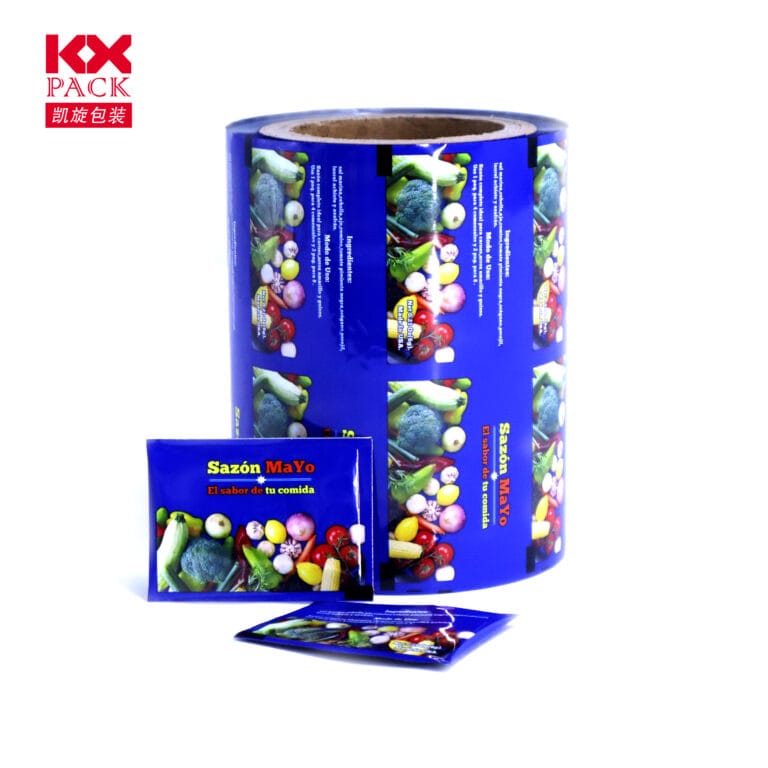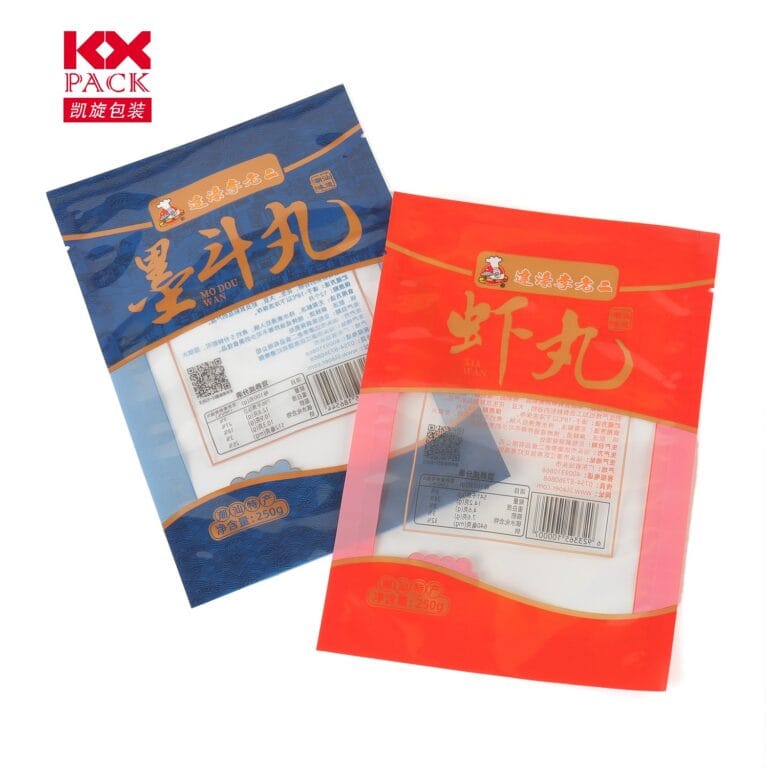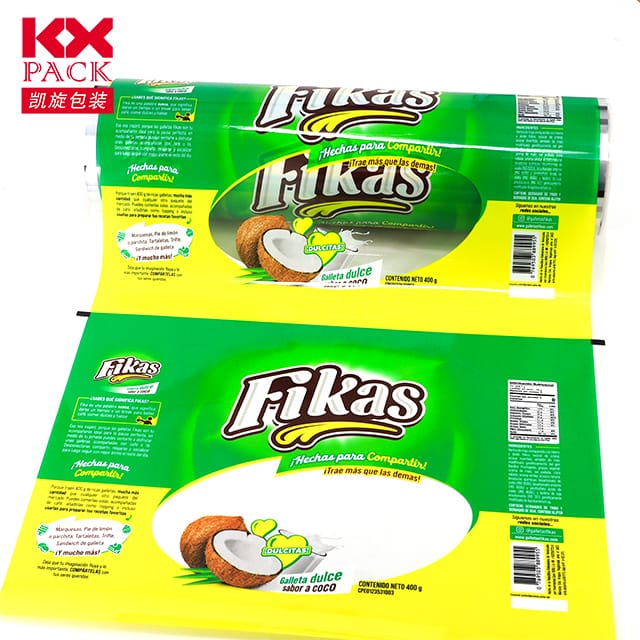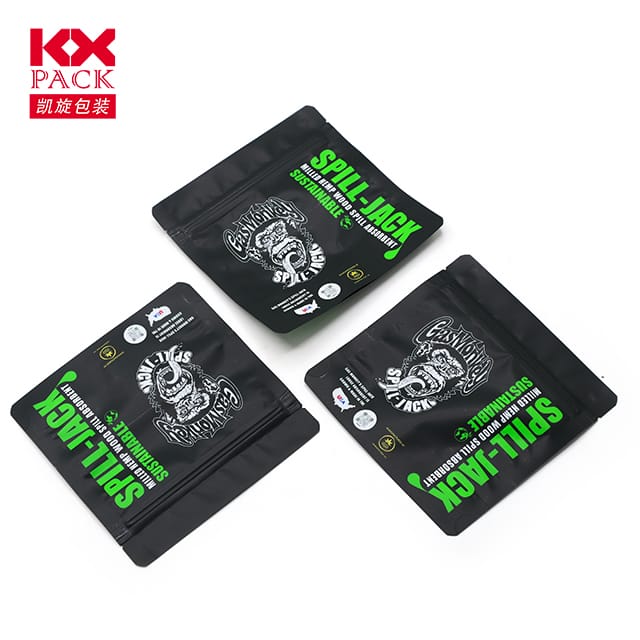Evolusi dan kesan pembungkusan filem fleksibel: Revolusi lestari (6)
Filem fleksibel
In an era where sustainability, kemudahan, dan penyelesaian pembungkusan inovasi pemacu, flexible films packaging has emerged as a cornerstone of modern industry. Dari makanan dan farmaseutikal ke elektronik pengguna, Bahan -bahan yang boleh disesuaikan ini membentuk semula bagaimana produk dilindungi, diangkut, dan dibentangkan. Mari kita meneroka dinamik, trend, dan potensi masa depan sektor dinamik ini.
What Are Flexible Films Packaging?
Flexible films packaging refers to lightweight, non-rigid materials used to encase products. Unlike traditional rigid containers, these films—often composed of polymers like polyethylene (PE), polipropilena (PP), or multi-layer composites—conform to the shape of their contents, minimizing waste and optimizing space.
Key characteristics include:
- Lightweight & Tahan lama: Reduces shipping costs and carbon footprints.
- Barrier Properties: Melindungi terhadap kelembapan, oksigen, dan cahaya, memanjangkan hayat rak.
- Customizability: Printable, sealable, and adaptable to diverse formats (pouches, beg, bungkus).
Market Growth & Key Drivers
The global flexible packaging market was valued atUSD 210.62 bilion dalam 2023 dan dijangka dapat dicapaiUSD 238.91 bilion oleh 2029, tumbuh di CAGR2.12%. Key drivers include:
- Shift from Rigid to Flexible Solutions: Brands prioritize cost-efficiency and sustainability, favoring flexible films over heavier, less eco-friendly alternatives.
- BOOM E-Commerce: Online retail demands lightweight, damage-resistant packaging for safe deliveries.
- Healthcare & Food Demand: Pharmaceuticals and perishable goods require sterile, airtight packaging, fueling innovation in high-barrier films.
Innovations in Material Science
Recent advancements in flexible film technology focus onsustainability and performance:
- Mono-Material Structures: Syarikat seperti Huhtamaki are pioneering single-polymer films (Mis., PE or PP) to simplify recycling.
- Filem Biodegradable: Made from renewable resources (Mis., PLA), these reduce plastic waste.
- Salutan barrier tinggi: Advanced polymers like polyvinylidene chloride (PVDC) or ethylene vinyl alcohol (Evoh) enhance shelf life without compromising recyclability.
Regional Dynamics
Asia-Pacific dominates the market, perakaunan58% of global volume in 2023, didorong oleh:
- Rapid Urbanization: Rising middle-class populations in China and India boost demand for packaged goods.
- E-commerce Expansion: Online shopping platforms like Alibaba and Flipkart rely on flexible films for efficient logistics.
- Tolak pengawalseliaan: Governments mandate eco-friendly packaging, accelerating adoption of recyclable/compostable films.
Cabaran & Prospek masa depan
Despite growth, the sector faces hurdles:
- Recycling Complexity: Multi-layer films are hard to separate, complicating circular economy efforts.
- Raw Material Volatility: Fluctuating polymer prices impact margins.
Namun begitu, the future looks promising:
- Pembungkusan Pintar: Films embedded with sensors for freshness tracking or anti-counterfeiting.
- Circular Design: Modular, reusable packaging systems that minimize waste.
- Collaborative Innovation: Partnerships between material scientists, brands, and recyclers to close the loop.
Kesimpulan
Flexible films packaging is more than a convenience—it’s a strategic imperative for a sustainable future. As brands and consumers demand smarter, greener solutions, this sector will continue to evolve, blending cutting-edge science with practical design. The road ahead? A balance of innovation, responsibility, and adaptability to meet the needs of a changing world.
Stay tuned for more insights on packaging trends—where science meets sustainability! 🌍📦✨
Sumber: QYResearch, Marketsandmarkets, GlobeNewswire, Packaging World

